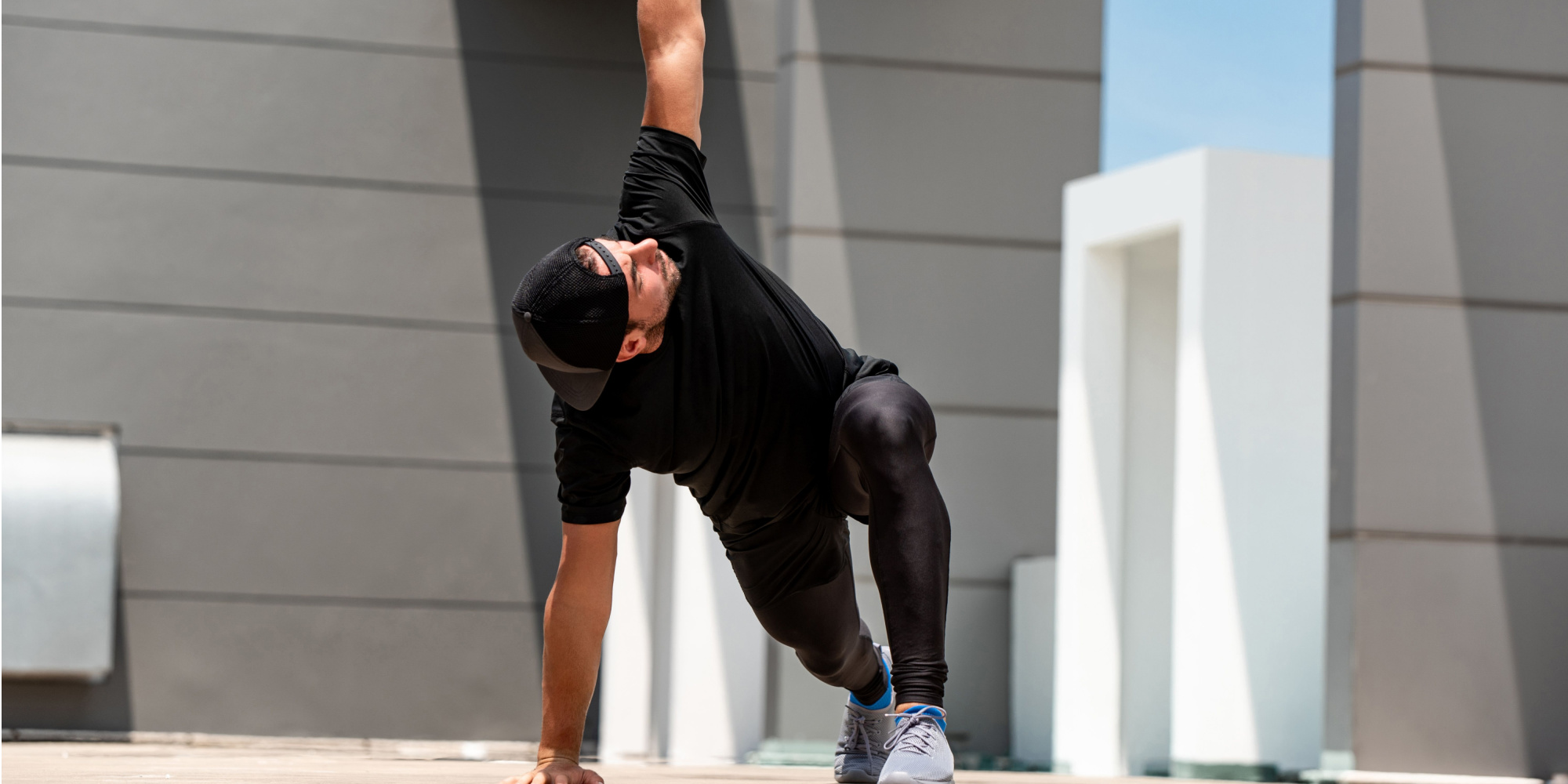The Importance of Incorporating Mobility Training to Avoid Injury
Aug 11, 2023 mindpumpWhen we think of getting fit, we tend to forget about the importance of mobility in our workout programs. Typically, we are so focused on building strength or improving cardio endurance that we neglect mobility training, which can actually leave detrimental effects on your overall progress and health.
As a runner, lifter, college athlete, or everyday Average Joe, mobility training should be a part of everyone’s routine. This article will go over why.
Let’s go over what mobility actually is. It’s common for mobility to be used interchangeably with flexibility, but those are two different things.
Flexibility training typically involves static stretching, a slow and constant position held for about 30 seconds; this stretch includes the relaxation and concurrent elongation of the stretched muscle. Mobility, on the other hand, can be seen as dynamic stretching, which is more functional-based. Mobility drills place an emphasis on the movement requirements of the sport or activity, rather than on individual muscles. Dynamic stretching, or mobility movements, are executed in a controlled manner while actively moving the joint through its ROM.
When talking about our performance in the gym, you may find that emphasizing mobility can actually lead to improvements in your lifts or cardio performance. For example, if you are struggling with overhead movements, taking 10 minutes to perform some mobility drills before your lifts can not only help with your range of motion, but reduce the risk of injury. If you were to try to lift heavy loads over your heads without the proper mobility, you can seriously injure yourself. Another situation I see often is that runners lack mobility in their hips; being in a constant, forward-moving movement can lead to mobility and range of motion issues in other planes of motion. Lacking mobility in the hips can lead to pain for the runner, forcing them to refrain from activity until symptoms subside.
Something else worth mentioning is how biomechanics improve when mobility exercises are executed regularly. Poor muscle recruitment is extremely common, even for those who are physically fit; outside the gym, we perform a lot of activities that involve a lot of sitting, or time on our phones and computers when our posture is in a compromised position. Practicing mobility drills can activate muscle groups typically ignored or under-utilized, which can therefore help with nagging aches and pains. Not being able to move joints through its normal range of motion can lead to faulty movement patterns that, over time, can lead to chronic or acute injuries.
Finally, and this stems off of my previous points, you’ll feel a lot better too. Imagine being able to get into a deep squat without your hips or ankles screaming at you, or completing a round of golf without your usual post-round aches and pains. Posture improves, which means your shoulders, neck, or back aren’t barking at you by the end of the day.
All in all, the positives that stem from mobility training ultimately lead to fewer injuries in the long-run. No matter what your background is, we can all practice more mobility drills to reduce the risk of injury while in the gym, or for our long term health.
If you are looking to improve your mobility, I highly recommend MAPS Prime or Prime Pro, two programs that can dramatically improve the way you feel and move.







